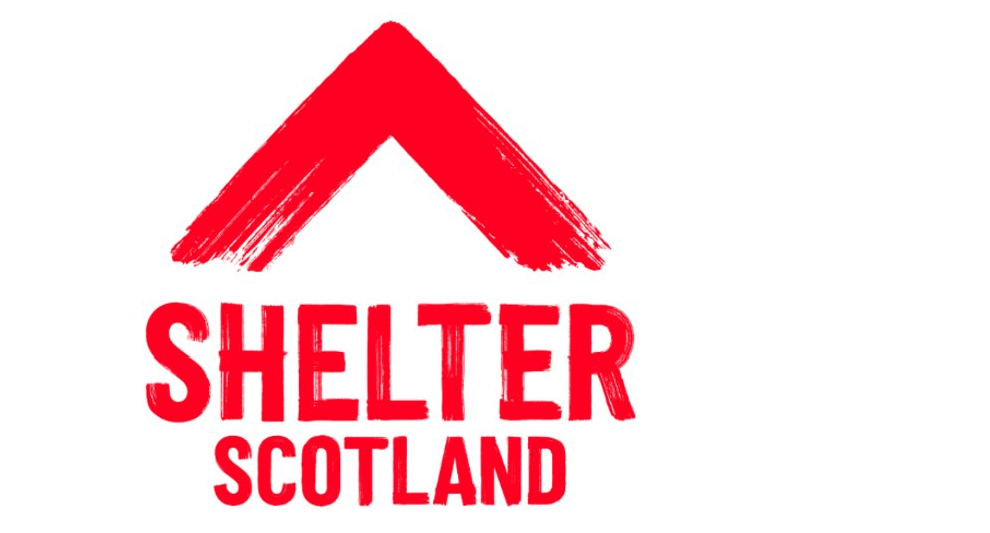Your rights if you're a subtenant
Your landlord is the person you pay rent to. You're a subtenant if your landlord rents the property you live in from someone else.
The person you rent from must get permission from their landlord before subletting.
Check our guidance if you want to sublet your home.
Work out your tenancy rights
Your rights depend on whether your landlord lives with you, and who they rent the property from.
You still have rights even if you do not have a written tenancy agreement.
If your landlord does not live with you
If your landlord rents from the council or a housing association, you have a common law tenancy.
If your landlord rents from a private landlord or letting agent, you have:
a private residential tenancy if you moved in after 1 December 2017
an assured tenancy or a short assured tenancy if you moved in before 1 December 2017
If your landlord lives with you
If you have a resident landlord, you'll usually have a common law tenancy.
To be a resident landlord, your landlord must:
use the property as their only or main home
be living there when you move in
have direct access from their accommodation to yours
If you think your resident landlord does not meet these requirements, you may have stronger rights.
Your landlord’s responsibilities
Your landlord has responsibilities both as a tenant and a landlord. As a tenant, they must:
pay rent to their landlord
report repairs that need fixed
follow the terms of their own tenancy agreement
Your landlord needs permission from their landlord to sublet their home. If they do not have permission, both of you could be evicted by their landlord.
Signing a tenancy agreement
Your landlord should give you the correct tenancy agreement. This is the contract you sign when you move in. It lists your rights and responsibilities.
Doing repairs
Your landlord should:
report repairs needing fixed to their landlord
do the repairs if they're responsible
Check who is responsible for:
Taking a deposit
If your landlord takes a deposit when you move in, they cannot ask for more than 2 months' rent.
They do not need to protect your deposit in a deposit protection scheme.
Your responsibilities
You must:
pay rent on time
take care of the property and keep it clean
tell your landlord if repairs need fixed
get permission from your landlord if you want to redecorate
end your tenancy correctly if you want to move out
If your landlord wants you to move out
Your landlord must follow the correct process to evict you.
If your landlord lives with you
Check your eviction rights if you have a resident landlord.
If your landlord rents privately and does not live with you
Your rights depend on when you moved in. Check our advice on:
eviction from a private residential tenancy if you moved in on or after 1 December 2017
eviction from an assured or short assured tenancy if you moved in before 1 December 2017
If you’re subletting a council or housing association property
You have common law eviction rights. This means your rights come from the agreement you made when you moved in.
Your landlord has to give you an eviction notice in writing. It must say the date you need to move out by.
You should get at least 28 days’ notice. If your agreement has a fixed term of 4 months or more, you must get at least 40 days’ notice.
If you follow the terms of your agreement, your landlord can only evict you at the end of your fixed term. Your tenancy agreement will say if you can be evicted earlier for breaking a term of the tenancy.
If your landlord ends their tenancy or is evicted
Your rights depend on who your landlord rents from.
If your landlord ends their tenancy or is being evicted:
speak to their landlord and ask if you can become the main tenant
consider making a homeless application
If you’re subletting a council or housing association property
Your tenancy will end as well. If the council or housing association decides to evict you, they can do this fairly easily.
You can ask the council or housing association to make you the main tenant. You would then have a Scottish secure tenancy. There's no guarantee that the council or housing association will agree to this.
If you’re subletting a private landlord property
If your landlord had permission to sublet their home, you should be able to stay and become the main tenant.
Your tenancy should continue with the same terms, such as the amount of rent and deposit. The private landlord must follow the correct process to increase your rent.
You could be evicted if:
your landlord did not have permission to sublet
your landlord is being evicted because of your behaviour
your landlord is being evicted because their landlord needs the property back
Last updated: 9 January 2025
Housing laws differ between Scotland and England.
This content applies to Scotland only.
